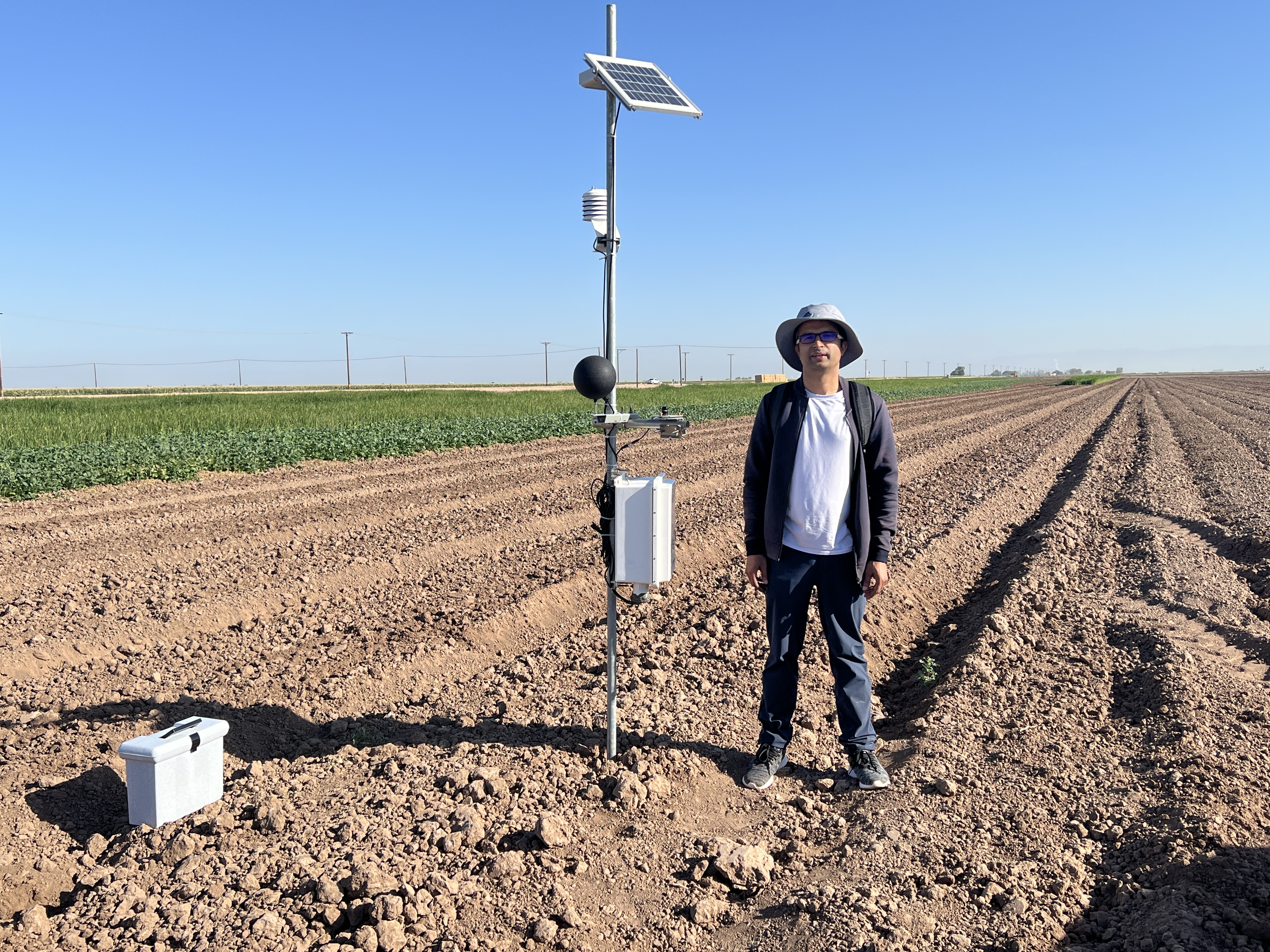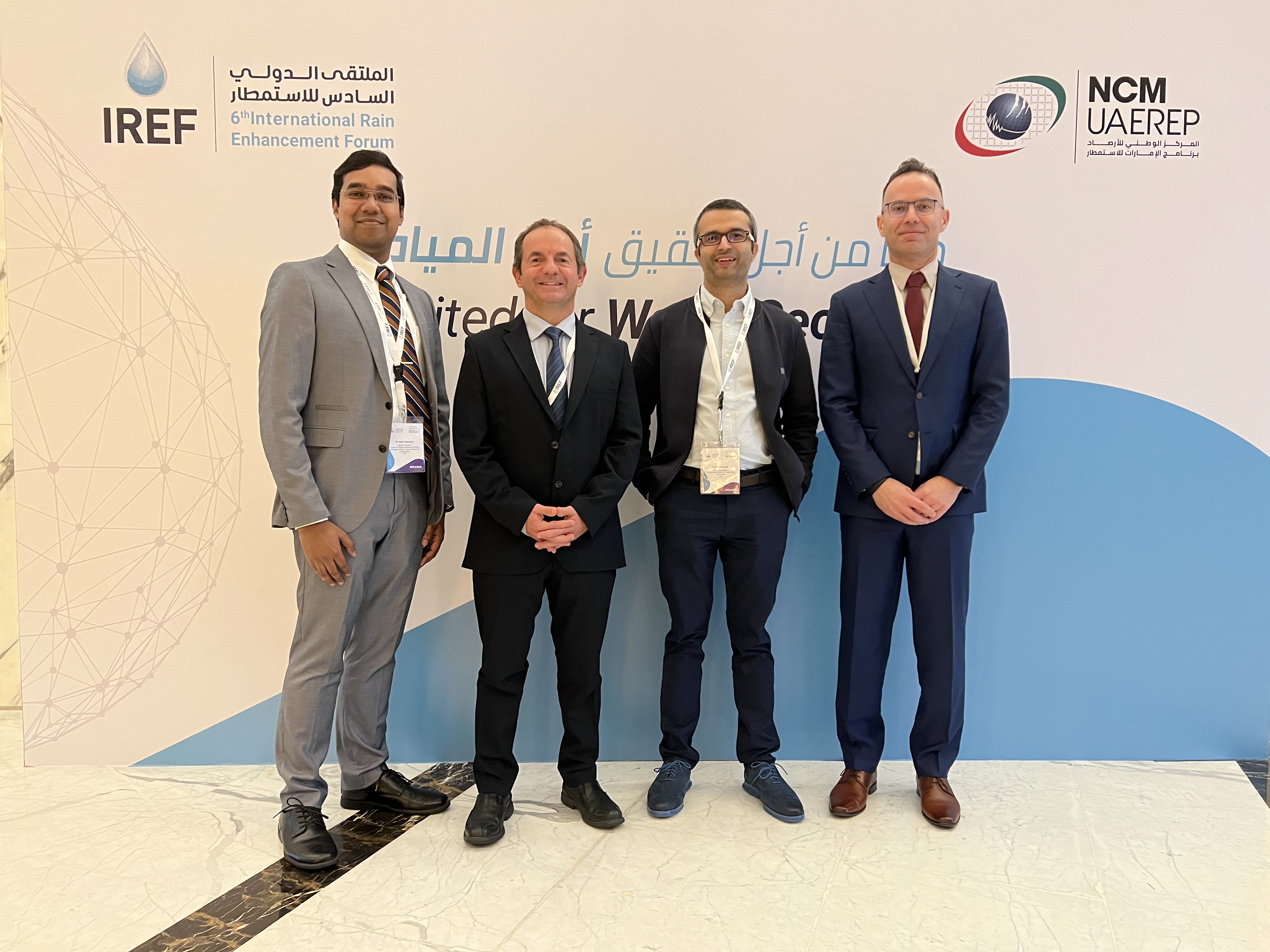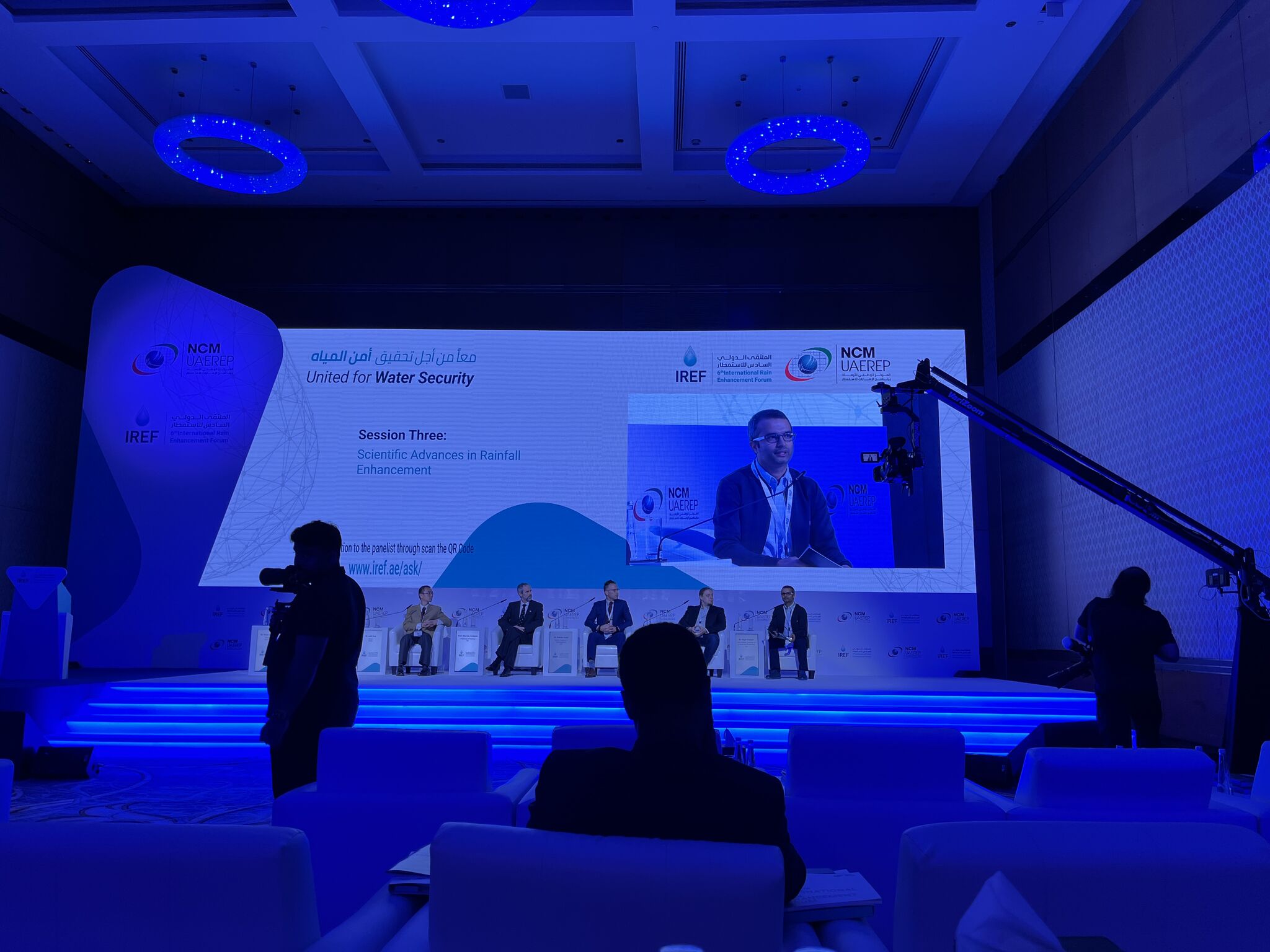Some 100 miles east of San Diego, lives a big agri-town called Imperial Valley (IV) that supplies 2/3 of the winter vegetables and 1/3 of the fruits/vegetables consumed in the entire US. Majority of IV residents are hispanic with 25% living below poverty line and the majority of farmworkers are migrant workers coming from Mexicali across the US-Mexico border. IV has high rates of asthma (one in five children) and the highest heat-related illness rate in the entire state. Several environmental threats contribute to these issues, including the harsh desert climate, the shrinking Salton Sea, blowing dust storms, pesticides-laden runoff from highly irrigated lands, agricultural activities that produce dust and smoke, rapid urbanization, industrial expansion, and now the lithium exploration activities.
State and Federal government representatives, local NGOs and community members, researchers, and most importantly, the farmworkers, met to discuss about how to deal with the emerging environmental challenges of the region in an event called EJSummit. The Environmental Health Leadership Summit (EJSummit) is an annual event organized by a local community organization called Comite Civico del Valle now in its 13th year. The event occured on October 22/23 this year, right next to the agricultural fields of the IV in El Centro, CA.




Following points were noted:
- The hot brine below the Salton Sea (not the Salton Sea water) has enough Lithium to meet 1/3 of today’s global demand. The proposed Direct Lithium Extraction method extracts lithium from brine directly using more environmental friendly technique using a adsorption material thereby rejecting the brine which is reinjected underground, but the technology has not been implemented in industrial scale so the reality of anticipated ‘Lithium Valley’ is yet to be realized.
- The Salton Sea continues to shrink due to high rate of evaporation combined with reduced inflow of water caused by the Quantification Settlement Agreement (QSA) of 2003 that diverted some 15% water to San Diego region. The local people mentioned that many people have lost their jobs due to reduced agricultural activities, caused by the reduced water inflow to the IV crop fields.
- Speakers included 84-year old living legend Preston Arrow-Weed (in picture), a member of Kumeyaay tribe, who lived in this region for thousands of years. Who else can better teach how to reduce our environmental footprint and to live in harmony with nature?




